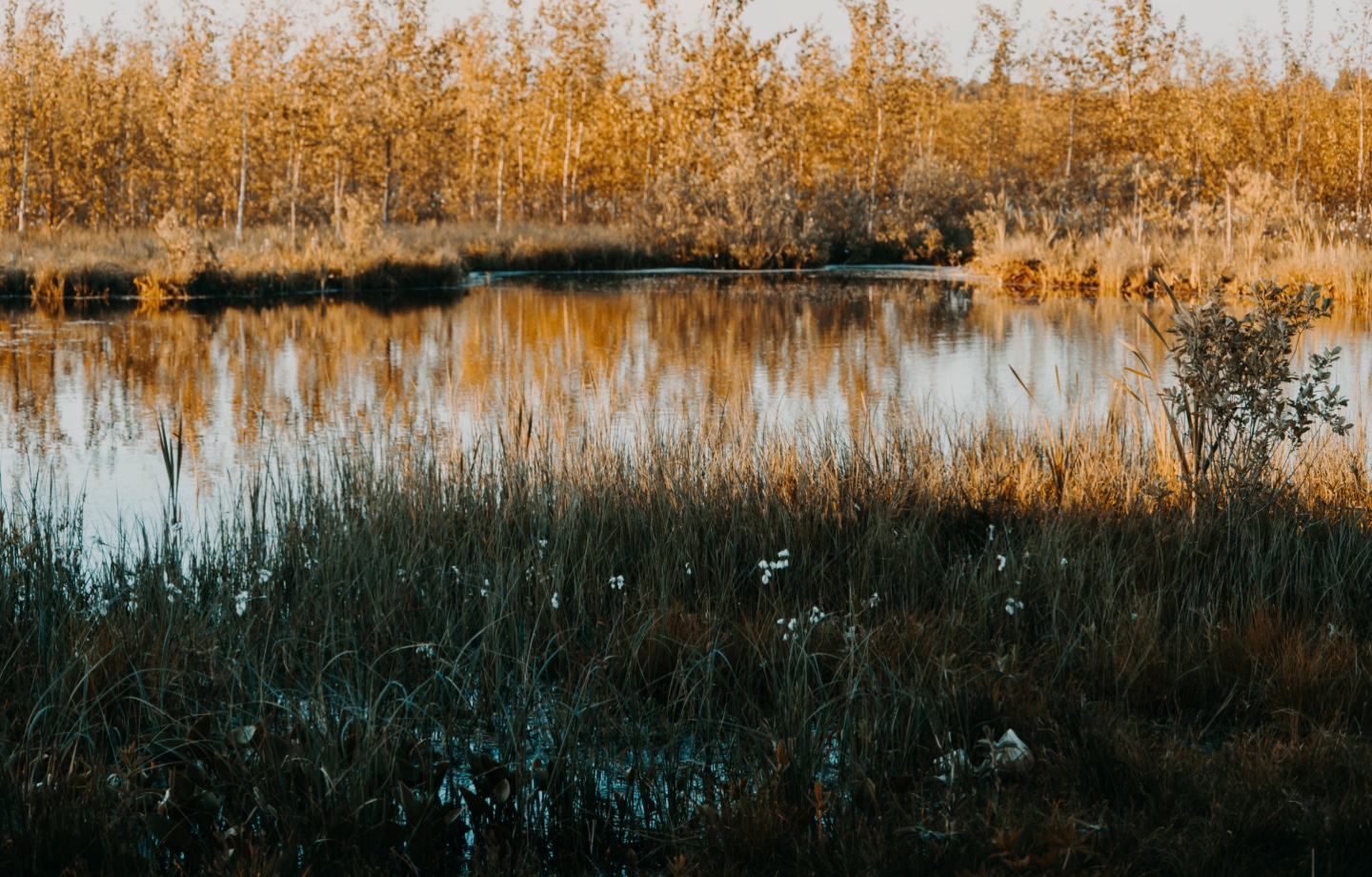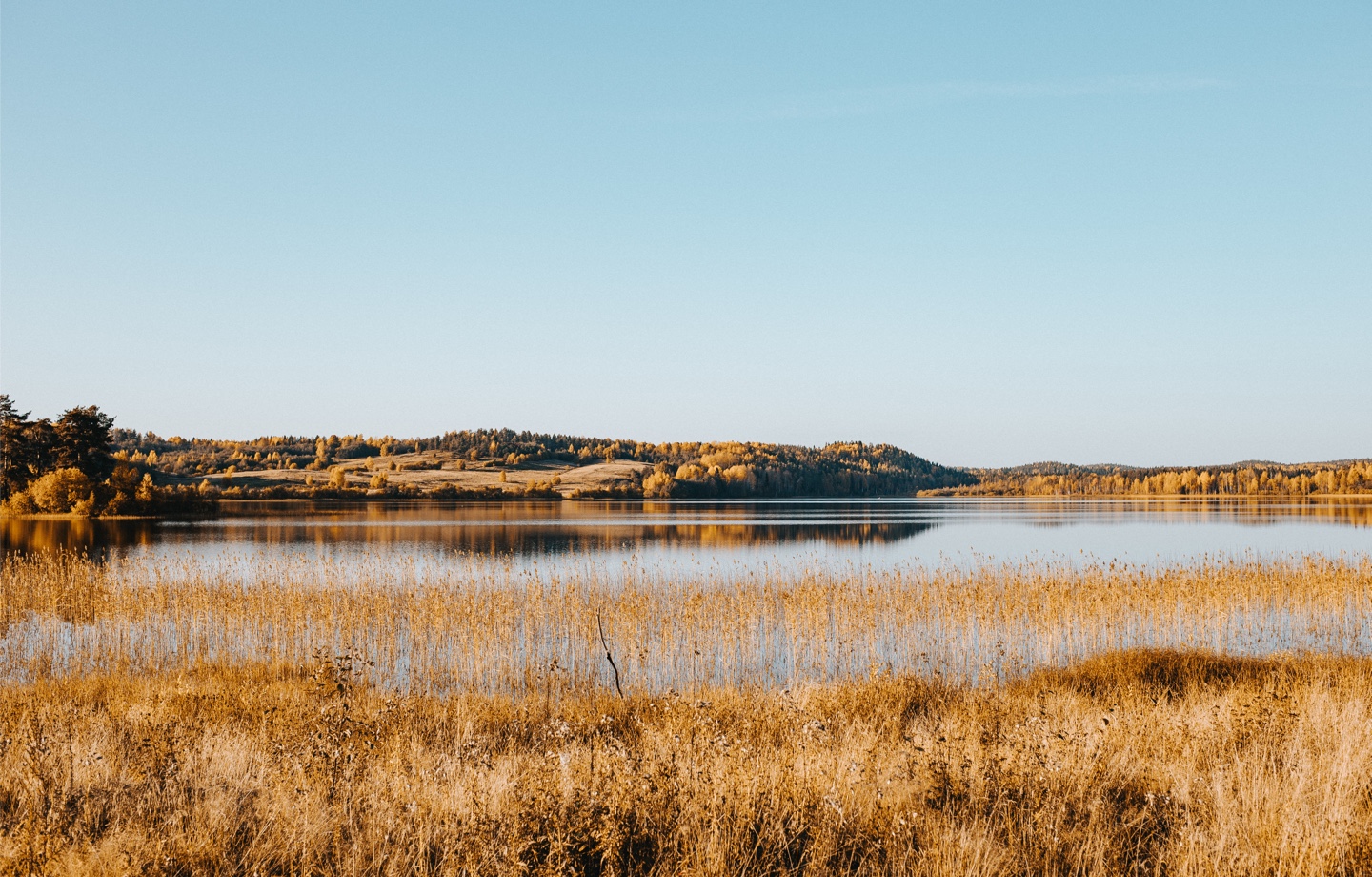Wetlands are distinct ecosystems that filter waterways and protect against erosion. They also need our protection more than ever.
I grew up with a large wetland area behind my house. The diverse habitat was tailor-made for adventurous kids. I spent countless hours enjoying the thriving plants, gorgeous birds, muddy soil, and shallow pond. Many years later, I still appreciate seeing wetlands on neighborhood walks. But these days, I’m keenly aware that swampy marshes aren’t just fun natural playgrounds.
Wetlands are nature’s kidneys. The unique ecosystem acts as a sponge for nutrients, removes carbon and pollutants from our drinking water and waterways, and serves as buffers against erosion and flooding, especially during storm surges. Wetlands are also essential to our food chain; according to the National Ocean Service, they’re a “biological supermarket.”
“Wetlands are considered to be biological super systems. They produce significant volumes of food that supports huge numbers of flora and fauna,” says Irina Tsukerman, a geopolitical analyst, member of the American Bar Association’s Energy, Environment, and Resources section, and president of Scarab Rising Inc. “They are comparable to coral reefs and rainforests in that regard.”

Read more: Is There Anything Kelp Forests Can’t Do?
But the future of these distinct ecosystems is uncertain. Since 1972, the Clean Water Act safeguarded the health of wetlands by setting strict water pollution standards, including how much (and when) pollutants can be discharged into public waters. A U.S. Supreme Court case known as Sackett v the EPA is kneecapping these long-standing federal regulations.
At the core of the case is an Idaho family who filled in a portion of their property with gravel and sand. The EPA argued the action was unlawful due to the presence of protected wetlands on the land. In May 2023, the Supreme Court sided with the plaintiffs. The ruling states that federal authority only extends over wetlands that are “indistinguishable from the water of the United States.”
It’s estimated that nearly half of America’s wetlands — including swamps and above ground marshes without obvious drainage — don’t meet this new criteria and won’t be protected federally moving forward. Environmentalists also worry that the more lax definition of “wetlands” will give companies carte blanche to pollute and destroy these areas without permits; they won’t be required to restore ruined areas, either.
Wetlands combine two ecosystems — aquatic and terrestrial — that aren’t often seen together. The special environment can be found inland, in tidal and coastal areas, and in riparian areas, or floodplains along rivers and streams. And everything from bogs and playas to potholes fall in this ecosystem umbrella. So it’s easy to understand why losing and polluting our wetlands will have a devastating ripple effect.
Read more: From Ridge to Reef: Rewilding The Galápagos
Without wetlands, certain species may cease to exist and plant biodiversity will be disrupted. “For some species, wetlands are the only suitable habitat, they are dependent on the resources and the specific ecosystem that could only be found in that type of environment,” says Tsukerman. “All of these disruptions would impact other species and biological food chains, up to the human level.”
It’s like a domino effect.
“Wetlands are a complex ecosystem. If you disrupt one system, other systems that are connected to it are also disrupted,” says Eric Ariel Salas, PhD, a wetlands researcher at Central State University.
Patrick Lydon, the director of City as Nature, also notes that depletion of marshlands won’t just negatively impact rural areas, the consequences will be felt in cities, too. “By removing wetlands and putting water into channels, we create a recipe for habitat loss, and also for urban flooding and pollution of the bodies of water where much of our food comes from.”

Read more: The Sixth Extinction Is a Threat to All of Us — Here’s How You Can Help
Still, this new ruling doesn’t have to be a death sentence. State regulations have long been the most effective way to safeguard waterways; when the EPA gets involved, it can feel like micromanagement, says Tsukerman. Lydon agrees, saying many experts believe the original regulations were too weak. Local agencies who have a more intimate knowledge of the landscape are also likely to be better at implementing regulations; in many ways, this new SCOTUS ruling puts the power back into their hands.
Individual action has a role, too. Pay attention to wetlands in your local area and get to know your city and state’s policies in relation to the environment. If you don’t like what you’re seeing, stand up and say something. Call your representatives, attend city meetings, and take ownership of stewarding the lands around you.
“What hopefully happens is that rulings like this force multiple agencies and private parties to work together to get at the root of these issues,” says Lydon. “That is going to take some coming to terms for everyone, and some discussion about what kind of world we want to live in.”
Have feedback on our story? Email [email protected] to let us know what you think!

Shop Pillows
The Essential Organic Pillow Collection
Gentle, breathable, non-toxic support.







